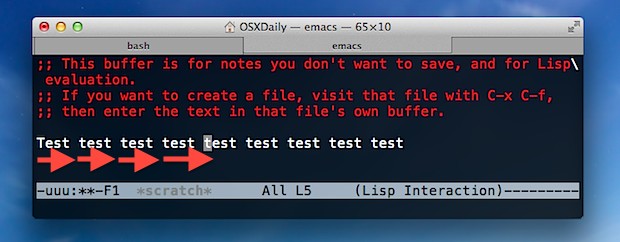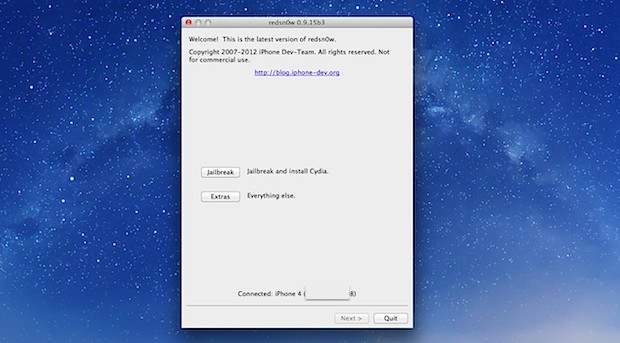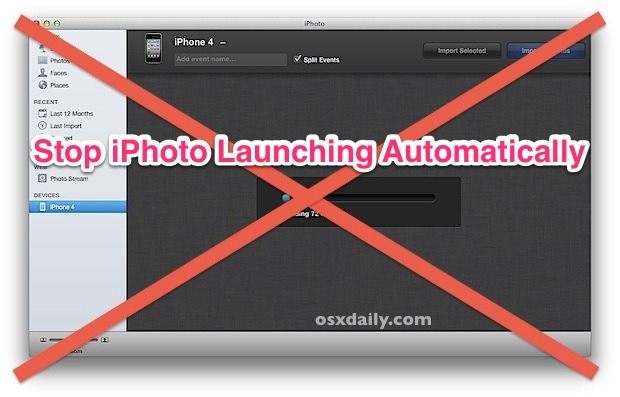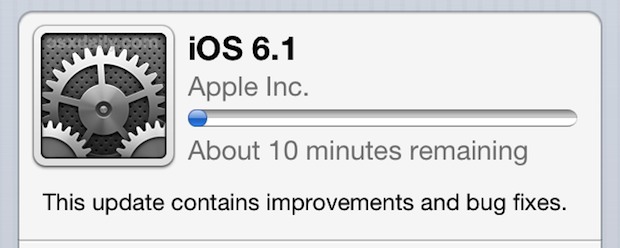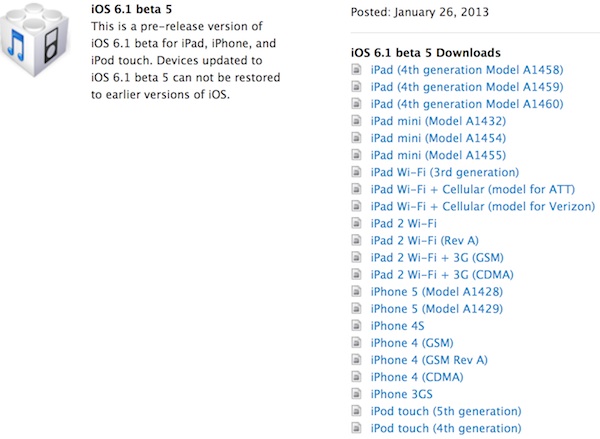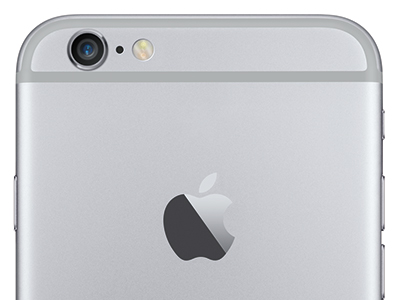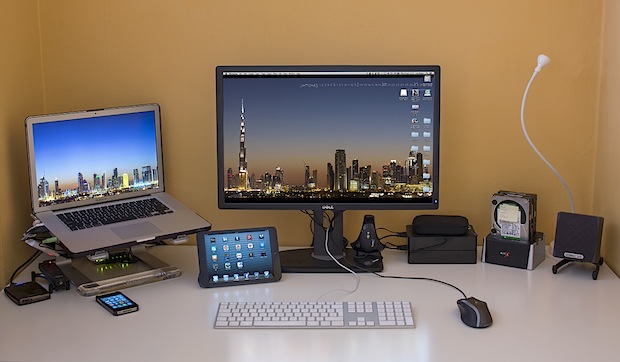Strange Bug Causes Instant App Crashes in Mac OS X by Typing File:///
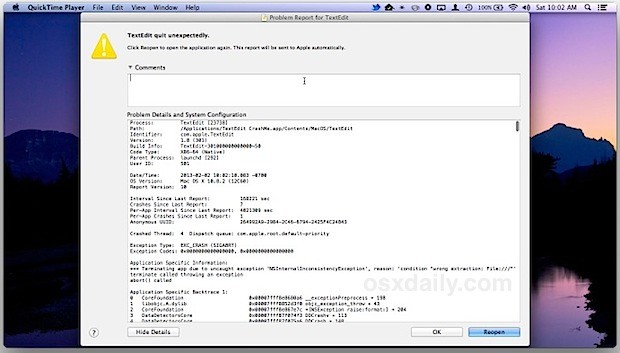
An unusual Mac bug has surfaced in OS X that causes any application to immediately crash just by typing a short character sequence.
The bug was first reported on OpenRadar and is thought to relate to the spell checking and autocorrection features, though the bug is also replicable in prior versions of Mac OS X suggesting that may not be the case.
If for some reason you want to try this out yourself, just type the following short string into any OS X app that has a text entry field:
File:///
The app will instantly crash, and because newer versions of OS X restore windows on re-open, it can lead to some pretty odd crash loops. The potential for crashing problems is made even worse with apps that sync across to other Macs, like Notes and iMessage, and can actually cause those apps to crash on other Macs.
To test this without the threat of an infinite app crash loop, you can do something like the following:
- Go to /Applications/ and make a copy of TextEdit.app, renaming the copy to something like “CrashEdit”
- Open both TextEdit apps, but in the copied “CrashEdit” version create a new text file and type the magic crash triple slash
- After CrashEdit.app has demonstrated the bug by crashing, create a new text document in the original concurrently open TextEdit app to rewrite over the crash-prone save state
- Delete the CrashEdit.app
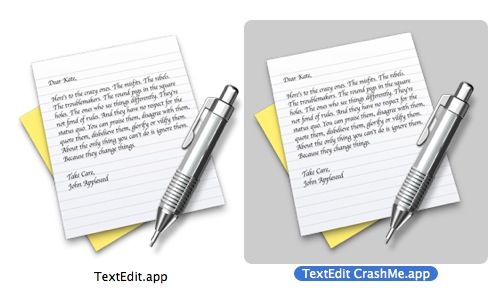
Quitting and reopening TextEdit may still contain the File:// crash entry, but so long as you do not place the cursor next to it and hit return you will be able to close that file and avoid any issues.
Technically, File:// followed quickly by any other character other than space makes the crash occur, but the triple /// is what is mentioned in the OpenRadar report.
The brief video below demonstrates the bug bringing down TextEdit:
There is some potential for nefarious misuse and even theoretical DOS attacks from websites that typed the syntax into a text field, but that shouldn’t be a widespread concern.
The unusual bug is gaining significant attention after it appeared on HackerNews and 9to5mac, and it will likely be patched by Apple quickly. If the patch will arrive separately or as part of OS X 10.8.3 remains to be seen, but 10.8.3 is nearing the end of it’s beta development cycle and could easily include a fix before the public release.

